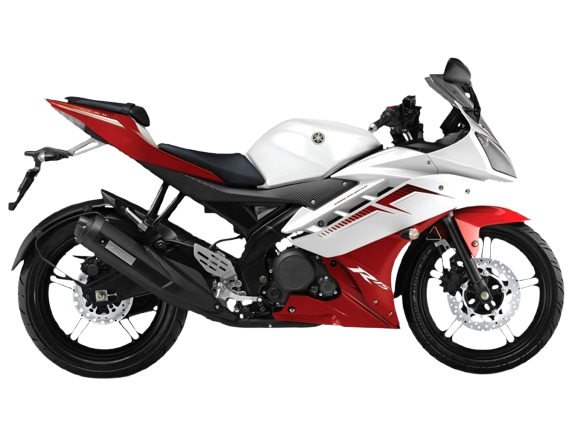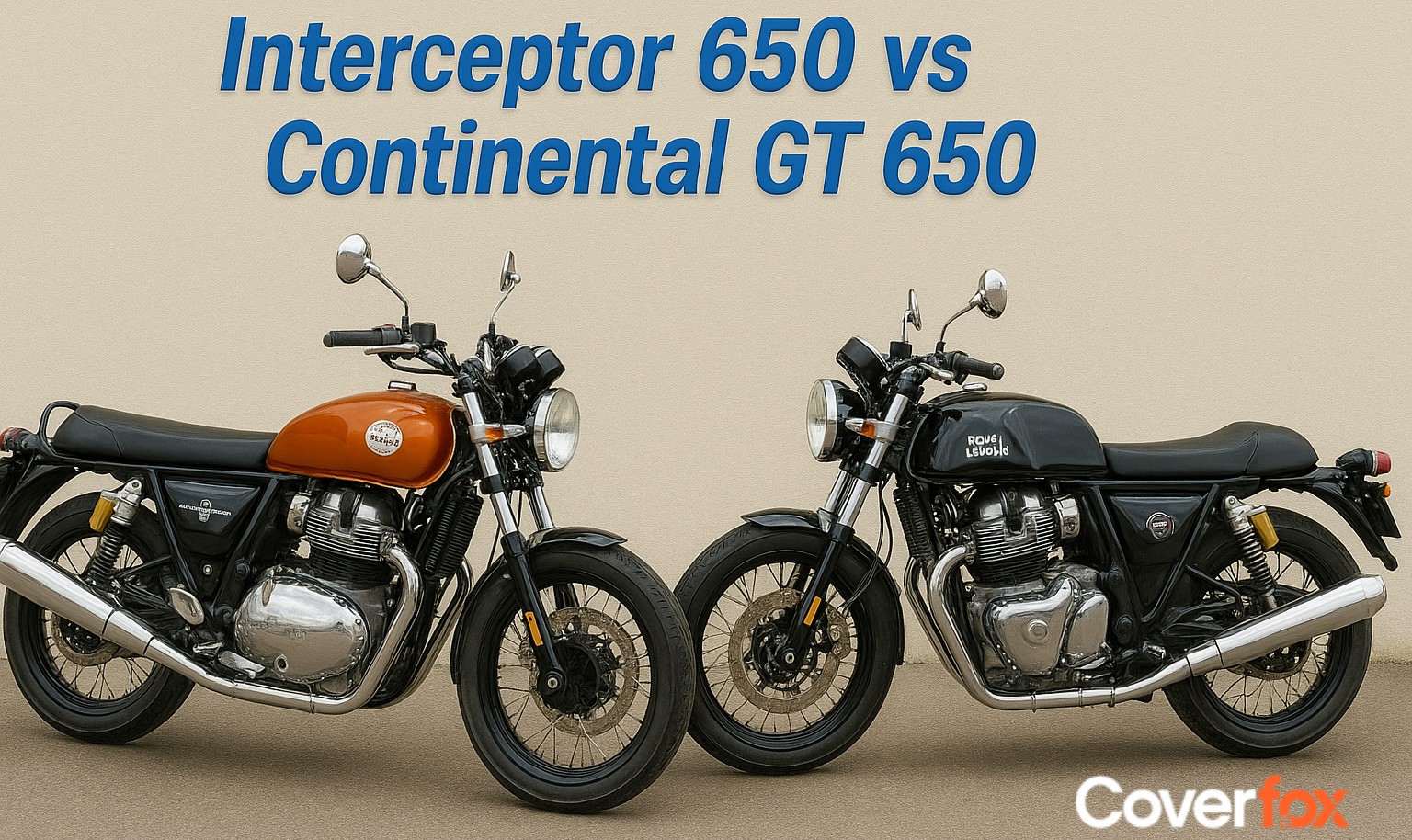Automatic Headlight On (AHO) is a safety feature that keeps a bike’s headlight on whenever the engine is running, ensuring constant visibility on the road. It was introduced to reduce accidents, improve daytime detection of two-wheelers, and align with global safety standards. AHO works automatically through the ignition system, has minimal impact on fuel or battery performance, and is mandatory on all Indian two-wheelers manufactured after April 2017. It enhances rider safety, requires no manual input, and remains an essential, non-disableable feature on modern bikes.

Automatic Headlight On (AHO) is a feature that ensures your two-wheeler lights up whenever you turn on your engine. Introduced to improve on-road visibility, especially during low-light conditions, fog, rain, and dawn/dusk transitions, AHO became mandatory in India for all two-wheelers manufactured after April 2017, as per guidelines issued by the Ministry of Road Transport and Highways (MoRTH). This article explains everything you need to know about AHO - its meaning, purpose, key benefits, working mechanism, legal requirements, advantages and limitations.
Why Was the Automatic Headlight On Introduced?
Automatic Headlight On (AHO) was introduced primarily to make two-wheelers more visible on the road, thereby reducing accidents and improving overall rider safety:
Enhances Daytime Visibility
Two-wheelers often blend into the background during bright daylight, and AHO ensures riders are always visible to oncoming and surrounding vehicles.
Reduces Low-Visibility Accidents
Many road accidents in India occur due to poor visibility during early morning, dusk, fog, rain, or underpasses. AHO helps mitigate these risks.
Aligns With Global Practices
Many countries already mandate motorcycle lights during the day through DRL (Daytime Running Lights). AHO helps India match these international safety norms.
Improves Safety in Traffic-Dense Areas
In crowded urban roads where vehicles merge, cross, or overtake frequently, AHO increases a rider’s presence and reduces accidental blind-spot situations.
Eliminates Human Error
Riders may forget to switch on headlights in low-light conditions; AHO removes this risk by activating lights automatically with the engine.
How Does Automatic Headlight On Work?
Automatic Headlamp On (AHO) works by turning on the headlight automatically the moment the engine starts, without any manual rider input.
Automatic Activation with Engine Start
The headlight circuit is linked to the ignition system, so the light switches on as soon as the engine comes alive.
No Manual Headlight Switch
Due to the AHO mandate, manufacturers removed the traditional headlight on/off switch from newer two-wheelers.
Low-Beam Illumination by Default
AHO typically activates the low-beam mode during daytime riding, ensuring visibility without causing glare.
Controlled by the Electrical System
The bike’s electrical setup directs a constant power supply to the headlamp as part of the ignition circuit.
Difference Between AHO and DRL (Daytime Running Lights)
Both AHO and DRLs improve on-road visibility, but they differ in design, placement, brightness, and regulatory purpose.
| Feature | AHO (Auto Headlight On) | DRL (Daytime Running Lights) |
|---|---|---|
| Primary Function | Uses the main headlight to stay on whenever the engine runs | Uses separate LED lights designed to enhance daytime visibility |
| Light Source | Main low-beam headlight | Dedicated LED strips or light bars |
| Brightness Level | Brighter, since it’s a headlight | Moderately bright, optimised for daytime use |
| Placement | Same position as the vehicle’s headlamp | Usually around the headlamp or on the front fascia |
| Where Commonly Used | All two-wheelers in India (post-2017) | Cars, premium bikes, and high-end scooters |
| Regulation in India | Mandatory for all two-wheelers manufactured after April 2017 (MoRTH rule) | Not mandatory; installed as a design and safety enhancement |
| Purpose | Ensures riders are visible at all times | Improves visibility and also adds aesthetic value |
Pros and Cons of Automatic Headlamps On
The pros and cons of Automatic Headlight On (AHO) are as follows:
Pros of AHO
- Enhances rider visibility throughout the day.
- Reduces chances of accidents in low-light or shadowed areas.
- Eliminates the need to remember switching on headlights manually.
- Aligns Indian two-wheelers with global road safety standards.
Cons of AHO
- Slightly higher battery and bulb usage over time.
- Riders cannot switch off the headlight when they want to.
- May cause minor glare for oncoming riders if the headlight angle is misaligned.
Does AHO Affect Fuel Efficiency or Battery Life?
Automatic Headlamps On have little to no effect on fuel efficiency or battery life in modern two-wheelers because manufacturers use efficient alternators designed to handle continuous low-beam usage.
Once the engine is running, the battery is constantly charged, so there’s no meaningful drain from the headlight. Modern electrical systems are built for this feature, making the impact negligible. Only older carbureted or very low-capacity models might show a slight difference, but even that is minimal.
Can You Disable AHO on Your Bike?
Disabling AHO on your bike is strongly discouraged because it violates safety norms, can attract fines, and may even void your vehicle warranty. Tampering with the wiring or bypassing the system can disrupt the electrical circuit, cause headlight or battery issues, and affect the overall reliability of the bike. Such modifications may also lead to complications during insurance claims, as the vehicle would no longer meet mandatory safety standards. For these reasons, disabling AHO is not recommended on any modern two-wheeler.
Does AHO Affect Insurance in Any Way?
AHO directly does not affect bike insurance. However, insurers do look for all safety features during claims, and not having AHO can lead to claim rejections, as it will be portrayed as negligence of the policyholder. The Indian report “Road Safety in India: Status Report 2023” states that results for motorcycle daytime running lights show “about 10-15%” reductions in daytime crashes – indirectly affecting bike insurance, as lower accidents > lower claims > lower bike insurance premiums!
Which Bikes Come with an Automatic Headlight On?
All two-wheelers manufactured in India after April 2017 are required by law to include AHO, meaning almost every modern bike and scooter automatically comes with this feature. Popular Bikes with AHO:
- Royal Enfield Classic 350
- Royal Enfield Hunter 350
- Yamaha R15 V4
- Yamaha MT-15
- TVS Apache RTR series
- TVS Apache RR 310
- Bajaj Pulsar series (125, 150, 180, 220, N160, N250)
- Hero Splendor Plus and HF Deluxe
- Honda Shine and SP160
- KTM Duke and RC series
Conclusion
In essence, AHO is a simple yet powerful safety feature that enhances visibility, reduces accidents, and requires no action from the rider. With mandatory implementation in India and negligible impact on fuel or battery performance, keeping AHO functional is an important part of responsible and safe riding.
Related Articles:
Frequently Asked Questions on AHO
What is the purpose of Automatic Headlight On in bikes?
The main purpose of AHO is to keep the headlight on at all times so the bike stays visible and reduces accident risk.
How do automatic headlights know when to turn on?
AHO activates automatically when the engine starts, without needing sensors or switches.
Is Automatic Headlight On mandatory in India?
Yes, it is mandatory for all two-wheelers to have an AHO feature manufactured after April 2017.
Is AHO mandatory for all two-wheelers in India?
Yes, every new bike and scooter made post-2017 must have AHO as per MoRTH rules.
Do auto headlights drain the battery?
No, battery drain is negligible once the engine is running and the alternator is charging.
Can I turn off or disable AHO?
No, disabling AHO is unsafe, may attract fines, and can void warranty or insurance claims.
How is AHO different from DRL?
AHO uses the main headlight, while DRLs are separate LED lights designed for daytime visibility.
Does AHO affect fuel efficiency?
No, modern alternators ensure the headlight uses minimal power with no real fuel impact.
Why did older bikes have a headlight switch but new bikes don’t?
Newer bikes do not possess a headlight switch because the AHO mandate removed the need for a headlight on/off switch in new models.






